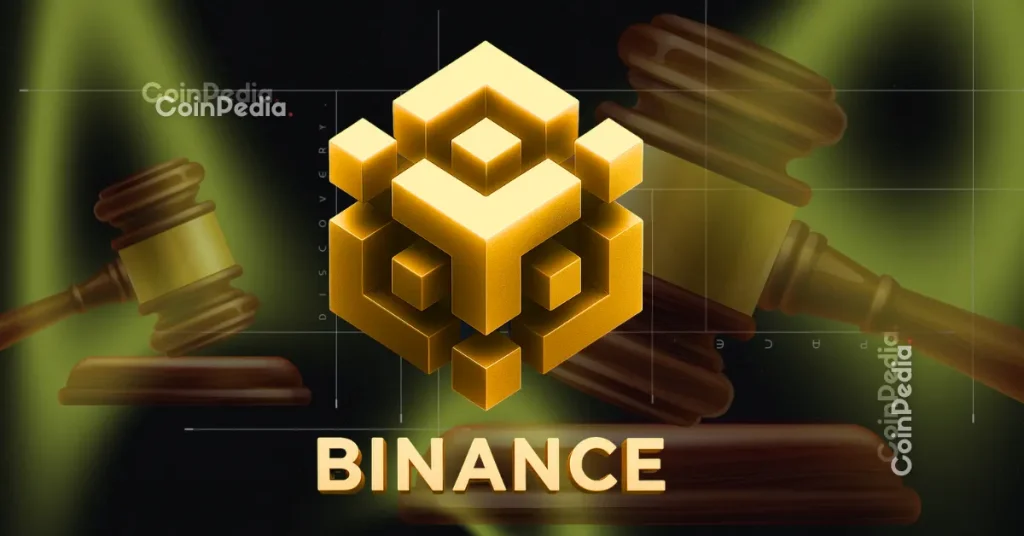After a sustained period of robust growth and enthusiastic institutional embrace, the digital asset market is grappling with an unexpected turn of events: a significant reversal in crypto exchange-traded fund (ETF) flows. Wall Street, once seen as an unstoppable engine driving capital into the nascent asset class, appears to be losing power as millions of dollars flow out of these key investment vehicles. This shift marks a critical juncture, raising questions about the longevity of institutional conviction and the immediate future of the crypto market, especially as we navigate late 2025.
The Unforeseen Reversal in Institutional Engagement
For much of 2024 and early 2025, crypto ETFs, particularly those tracking Bitcoin and Ethereum, were heralded as the definitive bridge between traditional finance and digital assets. They offered regulated, accessible avenues for institutions and retail investors alike to gain exposure without direct custody challenges. Billions poured in, fueling optimistic price predictions and validating the narrative of mainstream adoption. However, recent data from market analytics firms, highlighted by reports from Bloomberg, reveals a distinct pattern of net outflows over the past few weeks, a stark contrast to the preceding bullish trend.
- Early 2025: Witnessed record inflows, driven by new product launches and sustained market optimism following significant regulatory approvals.
- Mid-2025: Experienced stabilizing inflows, with minor fluctuations, as the market digested initial institutional interest.
- Late 2025 (Present): A distinct pattern of net outflows has emerged, indicating a potential cooling of institutional enthusiasm and a re-evaluation of risk-on assets.
Unpacking the Drivers Behind the Outflows
The reasons behind this sudden reversal are multifaceted and subject to ongoing debate among analysts. Several factors could be at play, contributing to institutions either taking profits, re-evaluating risk, or simply shifting strategies in response to a changing economic landscape:
- Profit-Taking: Following substantial gains earlier in the year, some institutional investors may be cashing out to secure profits, especially amid broader economic uncertainties or as part of end-of-year portfolio rebalancing.
- Macroeconomic Headwinds: Persistent inflation concerns, evolving interest rate policies from global central banks, and geopolitical tensions could be prompting a general de-risking across diversified portfolios, impacting even speculative assets like crypto.
- Regulatory Uncertainty: Despite advancements, regulatory clarity around digital assets remains a patchwork globally. Any perceived tightening or delay in favorable regulation could dampen institutional appetite and lead to capital flight.
- Market Volatility & Drawdowns: While crypto is known for volatility, sustained periods of downward pressure or sideways trading, especially after a period of significant growth, can lead to impatience among traditional investors accustomed to more predictable markets.
Impact on the Broader Crypto Market Dynamics
The implications of these reversing ETF flows extend beyond the funds themselves. Institutional capital has been a significant driver of market liquidity and price discovery. A sustained period of outflows could have several cascading effects:
- Increased Selling Pressure: Directly contribute to downward price pressure on underlying assets like Bitcoin and Ethereum as ETFs may need to sell holdings to meet redemptions.
- Dampen Investor Confidence: Signal to other institutional and retail investors that the “smart money” is stepping back, potentially triggering a broader loss of confidence and reducing speculative interest.
- Reduced Market Liquidity: Less institutional engagement could lead to thinner order books, making assets more susceptible to large price swings and increasing overall market instability.
- Shift Narrative: Challenge the narrative of inevitable, continuous institutional adoption, prompting a re-evaluation of market growth projections and long-term outlooks.
Looking Ahead: What’s Next for Crypto ETFs?
The immediate future for crypto ETFs remains uncertain. While some analysts believe this is a temporary consolidation phase, others warn of a more prolonged period of reduced institutional interest. The resilience of the underlying assets, coupled with any new catalysts such as further regulatory clarity, technological breakthroughs within the ecosystem, or a shift in the global macroeconomic outlook, will be crucial in determining if Wall Street’s crypto engine can regain its full power. Fund managers will be closely watching for signs of renewed investor appetite and the stability of global economic conditions heading into 2026.
Conclusion
The reversal in crypto ETF flows represents a significant development for the digital asset ecosystem as we close out 2025. It underscores the continued sensitivity of the market to institutional sentiment and macroeconomic shifts. While not necessarily a death knell for institutional involvement, it serves as a powerful reminder that Wall Street’s engagement is dynamic and subject to change. The coming months will be pivotal in understanding whether this is a temporary pause or a more fundamental re-calibration of institutional exposure to cryptocurrencies, shaping the trajectory of the market into the new year.
The post Wall Street’s Crypto Engine Sputters: Analyzing the Reversal in Digital Asset ETF Flows appeared first on FXcrypto News.




















 24h Most Popular
24h Most Popular






 Utilities
Utilities